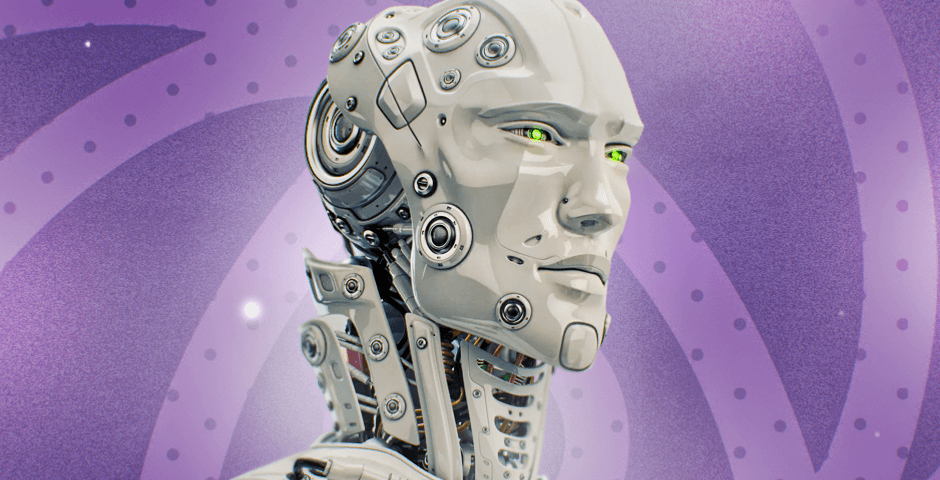The Hookup Dossier: Your Ultimate Guide to Modern Dating
Explore the ins and outs of dating, relationships, and modern romance.
Bots on the Trade Frontier: Revolutionizing CS2 Item Exchanges
Discover how bots are transforming CS2 item exchanges and revolutionizing trade on the frontier of gaming! Dive in now!
Understanding the Role of Bots in CS2 Item Trading
In the ever-evolving landscape of digital gaming, particularly in CS2 item trading, bots have become instrumental in facilitating transactions. These automated programs are designed to streamline the trading process, allowing players to exchange skins and items swiftly without the need for direct human interaction. With the growing popularity of CS2, the demand for effective item trading solutions has surged, making bots a valuable resource for gamers looking to optimize their trading experience.
Moreover, the role of bots extends beyond mere transaction facilitation. They provide valuable insights into market trends and item values, empowering traders to make informed decisions. For instance, many bots incorporate algorithms that analyze historical data to predict item pricing, which can significantly enhance a trader's ability to secure profitable trades. As the community embraces these tools, understanding their functionality and impact on CS2 item trading is crucial for anyone looking to navigate this vibrant virtual marketplace.

Counter-Strike has been a cornerstone of competitive gaming for years, evolving through various editions and updates. In its latest iteration, players are curious about the underlying technology, specifically what engine does cs2 use, which enhances graphics and gameplay mechanics. The game continues to thrive with a dedicated player base and frequent competitive tournaments.
How Bots are Transforming the Economics of CS2 Item Exchanges
The rise of bots in the Counter-Strike 2 (CS2) item exchange ecosystem has led to a significant shift in how players interact with in-game assets. Bots are now able to automate various tasks, including trading and pricing, which streamlines the exchange process. This transformation has attracted a vast number of players who rely on these automated systems to optimize their trading strategies, leading to a more dynamic marketplace. With the increasing sophistication of these bots, players are witnessing faster transactions and improved price evaluations, resulting in a more efficient economy overall.
Moreover, the impact of bots on the economics of CS2 item exchanges extends beyond mere convenience. As automation becomes prevalent, the supply and demand dynamics are altered. For instance, bots can facilitate a more consistent influx of items to the market, which can influence pricing trends and market saturation. Players must now adapt to this evolving landscape, implementing strategies to account for the influence of bots on item availability and value. This shift emphasizes the importance of understanding how automated trading affects both individual players and the overall economic climate within the CS2 community.
Are Bots the Future of Efficient Item Trading in CS2?
With the rise of bots in various industries, their potential to revolutionize item trading in CS2 is becoming increasingly clear. These automated systems can facilitate transactions by swiftly matching buyers and sellers, thereby eliminating the traditional delays associated with manual trading. Unlike human traders, bots operate around the clock, ensuring that players can engage in trading at their convenience. Furthermore, the implementation of advanced algorithms allows these bots to analyze market trends and provide users with real-time pricing data, making the trading process not only more efficient but also more informed.
However, the integration of bots into the CS2 item trading ecosystem is not without its challenges. One major concern stems from the potential for abuse, as malicious actors may exploit bots for duplicitous trading practices. This raises important questions about the need for robust regulations and monitoring systems to ensure fair play within the community. As developers work to enhance the trading experience, it is crucial that they also address these issues so that the benefits of bot-assisted trading can be fully realized without compromising the integrity of the CS2 marketplace.